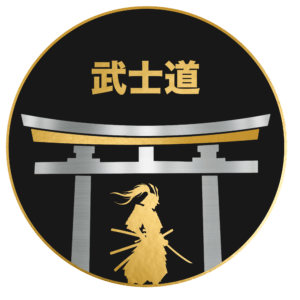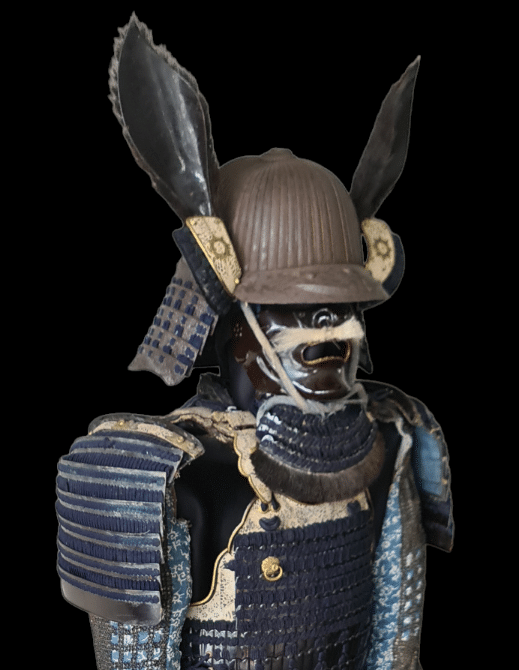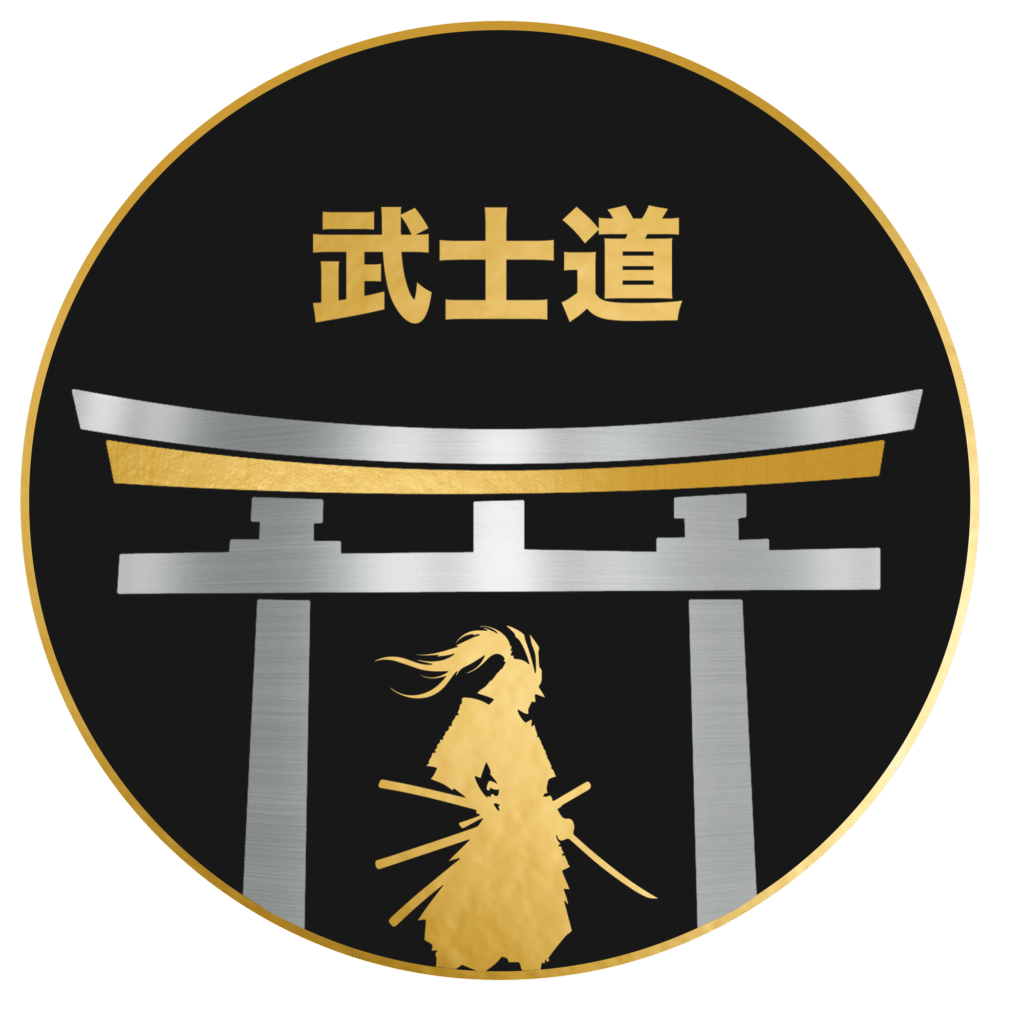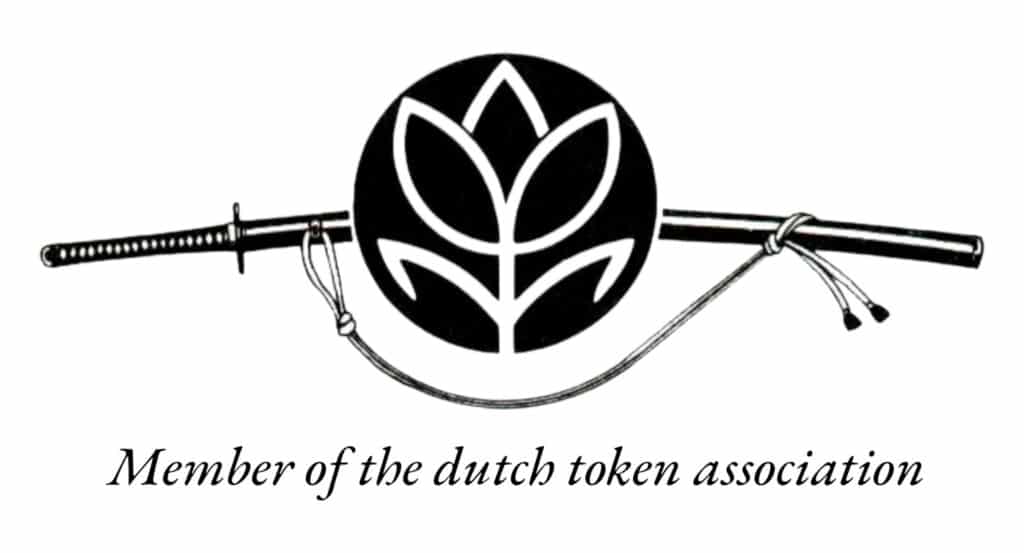Introduction: The Purpose Behind the Armour
The samurai’s armour was more than protection. It was purpose made visible.
Each plate, each cord, each fold of cloth reflected centuries of discipline. This armour did not simply shield the body—it expressed who the warrior was, and why he fought.
Built with care and worn with honour, it proclaimed allegiance, rank, and the quiet resolve of those ready to die with dignity. Its design whispered of harmony between function and form.
To wear it was to embrace a code. To live and, if needed, to fall with grace.
This is the story behind the steel.
Kabuto: The Helmet of Focus and Command
The kabuto is more than a helmet. It is the center of the samurai’s armor—where defense meets discipline.
Crafted from iron or steel, its bowl-shaped dome protects the head. Riveted plates form a strong shell. Many include a shikoro, the layered neck guard, fanning out like a protective curtain. Inside, padding softens each blow. Outside, crests and ornaments announce who the warrior is.
Each detail serves a purpose. The fearsome maedate, a front crest, signals rank or clan. Horns, crests, and symbols rise with silent authority. They do not boast. They state.
Wearing the kabuto required readiness. It centered the samurai’s mind. Heavy, balanced, precise—it called for stillness within. The helmet framed the face, focusing vision and intention forward.
In battle, the kabuto defended more than the head. It guarded resolve. It held presence. And when dawn broke and the fight began, this helmet marked the warrior—not as loud or proud—but as ready.
Menpo: Guarding the Face and Hiding the Spirit
The menpo was more than a piece of armor. It guarded the face, shielding it from blades, arrows, and fire. Made of iron or leather, it often covered the lower half of the face—nose to chin.
But its purpose went deeper.
In battle, a warrior’s face can speak. A flicker of fear. A flash of pain. The menpo silenced these tells. It hid expression. It protected spirit.
The design was purposeful. Fierce mustaches, grimacing mouths—carved not for show, but to unsettle the enemy and steel the heart of the wearer. Beneath the mask, the samurai was calm, composed, unreadable.
Some menpo included a detachable nose. Others held the menpo in place with cords tied behind the head. All balanced form and function.
To wear the menpo was to become like still water—shielded, sealed, centered.
In the silence of combat, face hidden, resolve clear, the warrior endured.
Do: The Silent Strength of the Chestplate
The do protects the core. It is the largest part of the armor, covering the front and sides of the torso. Its form follows function—solid, steady, without excess.
Crafted from overlapping plates, the do offers strength without rigidity. Each layer has a purpose. Together, they deflect strikes and absorb force. The design is precise, leaving space for movement, breath, and control.
Laced with care, the do stays close to the body. It does not shift in combat. It does not speak. But it holds the center.
This is its quiet power. It shields without burden. It strengthens without boasting. Like the swordsman’s stance, the do simply is—ready, balanced, vital.
Kote and Tekko: The Watchful Arms and Hands
Kote and tekko are the armor for the arms and hands. They guard the limbs that wield the sword and shield the path of intent. Made with layered cloth, leather, and metal plates, they balance protection and movement.
Kote cover the forearms and sometimes the upper arms. They defend arteries, bones, and muscles essential for strength and grip. Reinforced sections absorb the impact of blades without sacrificing motion.
Tekko protect the hands and wrists. Fingers remain free, allowing for precise control. Strength lies in quiet readiness—tekko reflect that. They are shaped not to encase, but to serve, adapting to the flow of training and battle.
In combat, the arms lead. The hands follow. Kote and tekko ensure they do so without hesitation.
Haidate: Protecting the Path Forward
The haidate are thigh guards. They protect the upper legs without limiting movement. In combat, the thighs are exposed during forward motion—walking, running, lunging. Haidate shield this vulnerable area.
Constructed from small metal or leather plates sewn into cloth panels, they are flexible by design. The arrangement allows the warrior to bend, kneel, or advance swiftly.
Tied at the waist and secured around the legs, haidate fit close to the body. They must not shift or chafe. Precision matters. So does quiet strength.
In the discipline of armor, haidate play a humble but vital role. They guard the path forward, both literal and symbolic.
Suneate: Grounded in Readiness
The suneate guard the shins. Their hard surface deflects strikes. The straps hold tight, wrapping below the knee and above the ankle. This steadies the warrior’s stance.
On uneven ground, firm footing is life. Wet earth, loose stones, shifting slopes—battlefields rarely offer even soil. The suneate support balance when steps matter most.
They are not heavy. They do not slow. They move with the leg as if built into the limb itself.
A warrior grounded is a warrior ready. The suneate help make that possible.
Conclusion: Mind, Body, Steel
Samurai armour was more than defense. It was discipline made visible. Each layer served a purpose—protecting the body, steadying the mind, honoring the spirit.
The weight on their shoulders taught endurance. The restrictions on movement encouraged precision. Every strap and plate reminded the warrior to move with awareness.
To wear the armour was to carry tradition. To fight in it was to show mastery of self.
Mind. Body. Steel. In balance, they formed the warrior’s truth.





